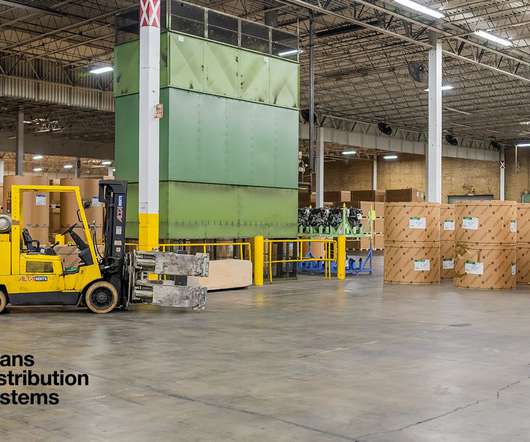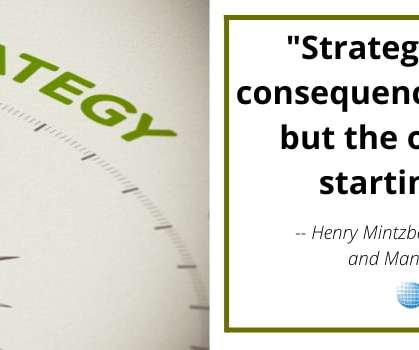Case Study: Paper Made Easy
3PL Insights
FEBRUARY 23, 2021
From plates, napkins, straws, stationary, toilet paper, paper towels, packaging, boxes, and more. According to a January 2020 Marketing Analysis Report by Grandview Research , the global paper market is expected to reach $275.1 Often, they are packaged as oversized rolls that can weigh from 1,700 to 4,000 pounds.














Let's personalize your content